The good old ‘Daff’!‘Well, what a surprise’ said Clive, before going on, ‘You talk about booze cruises in your Collector’s Corner feature, January 2006 and this is all so familiar. Back in 1963, some friends and myself went on a trip from your very own Southend Pier aboard the Royal Daffodil, bound for Boulogne. We went for the music, not the booze and could only just afford the fare from Bristol. It was billed as a ‘Rock-n-Roll’ cruise. The music was good, with Jerry Lee Lewis playing in the Casino at Boulogne, as well as on the boat for the voyage home, when it became very choppy. Also on board were Chas Hodges (of Chas and Dave) and Richie Blackmore, later a famous guitarist with his own band. We got up extra early and took the train to Paddington and then the Southend line from Fenchurch Street. As we were hard up, we walked the length of the pier, all 1.25 miles of it, just to save a few pence’. Clearly, the rock stars of the early sixties were a good deal less ‘starry’ than they are now, as Clive recalls. Jerry Lee Lewis walked off the boat at Boulogne with no entourage and strolled down the street with a crowd of fans to the Casino. He is still performing of course and in 2004 played in Bristol to a packed house, when he was aged 69! His backing band back in 1963, were the ‘Outlaws’, who were well known in their own right at the time and the line up included both Chas Hodges and Richie Blackmore. ‘Our trip was rather blighted whilst staying in a B&B in Southend, where a watch and radio were stolen from us and we spent some time in the police station sorting things out! The radio was home made from a design published in FJ Camm’s popular ‘Practical Wireless’ magazine, so the loss was even greater. I hope this and the enclosures are of some interest’. Well Clive, as a lifelong Southender, what can I say to you? Our town has changed, like others have since 1963. It’s got worse in some respects and better in others, as most older residents will tell you readily enough, but which town hasn’t? The painting Clive liked so much, was by local marine artist Colin Moore whose fine work I have featured several times in these pages. Looking at Clive’s little blue boarding ticket with it’s enthusiastic promotion of ‘Jive, Twist and Rock’ entertainment on board, reminds me more than a bit of the present day ‘Waverley’ jazz cruises! |
|
Some little old enginesOff to Norfolk now, visiting ‘CC’ regular Lez Brambley, who has sent in memories of a British diesel range that is little sought by collectors today, but that were hugely popular, mostly with young beginners, in their day. Davies-Charlton (formerly Allbon) from the Isle of Man, offered a range of reasonably priced and well made little engines that appealed to the mass market and which were all available with water-cooling for boats. From the tiny ‘Dart’ at just 0.5cc to the Rapier at 2.5cc and beyond, up to a 5cc Flat Twin that is little known today, it is for the cheaper and smaller engines that they are best remembered. The Dart, Merlin, Spitfire and Sabre diesels together with the little Wasp glowmotor, sold well to model shops via wholesalers like KeilKraft and Ripmax. They were to be seen in every model shop in the country and in many little beginners boats, down at the pondside. I recall these, as being rather tricky starters and I’ve been called upon to help start a fair few in my time. Flooded, tight or starved, miles under or over compressed, with huge propellers or out of line propshafts, the average young and just starting power boater could be relied upon to make every mistake in the diesel book, but once you had a much smaller prop. screwed on and the compression and fuel settings sorted out, they mostly buzzed away nicely enough, with the tears turning to huge grins. The only really horrid engineering on these little beasts in my opinion, was the ghastly ‘U’ exhaust manifold pipes and on aero engines, those silly spring starters. Otherwise they were fine, once run-in. It’s a shame collectors don’t seem to fancy them a bit more, but on the upside this makes them cheap to buy, just as they were when new. So, ‘Go to it, new engine collectors’, is Dave’s advice and leave the ETA’s and Ollie’s to the plutocrats! |
|
A Sea CommanderThe next letter across my desk was from reader Eric March in Wrabness. Yes, I can hear you all asking where the heck is that? It is a tiny community near Manningtree in Essex and for those of you who may be stronger on seaports than country towns, both are quite near to Harwich and Dovercourt, which are well worth a visit. In my day on the regatta scene, there was a good boat club at Dovercourt. ‘Vacumatic’, I think it was called, probably named after a local employer. I mean what I say about visiting these little maritime towns. They are maybe not the same as in the 50’s and 60’s, but can be very restful places to visit. I find it so anyway and the annual Harwich Sea Festival is well worth a look, because it is a very friendly event. Anyway, Eric has acquired an old Aerokits Sea Commander. It has some superficial damage, but still has all of its original equipment. Eric’s questions are quite common ones here at ‘CC’, so I thought the answers I gave might have wider interest. Briefly, he wanted to know if the original power plant, a Taycol Meteor electric motor could be overhauled and put back into service and if he should try to obtain an old transmitter to go with the receiver in his craft. Regarding the motor and aside from my usual spark interference warning applying to any old Taycol motor, I advised cleaning the commutator and the brushes (both of metal on a small Taycol) and testing it out on about six Volts d.c. It should go ok, providing that the brushes were not burnt right away, which they sometimes are. Eric queried the spark suppression capacitors on his motor and these are best replaced with modern ones from Maplin or similar. Wire one across the brushes and one more from each brush to the frame, three in all. Something like a non polarised 0.01 to 0.1 microFarad (uF), at 20 Volts rating would be fine for them all. |
|
With an ‘Elsie’ aboardAs to the radio, I was firm. There is just no point in using, or trying to use most vintage R/C nowadays, especially if home built, as is this one. The receiver in this craft is a wide band width, transistorised super-regenerative version, which would respond to any 27mHz transmitters in the area. Therefore, interference would be terrible and there is the even worse implied risk that any suitably old tranny found (unlikely anyway) and bought, would be non-crystal controlled, illegal and a huge source of interference to other modellers. Just don’t go there, is my advice! Yes, we oldies did it back in the 60’s, but because we had no choice and such things as this were the state of the art at that time. Had I been offered a commercially made two channel digital proportional for £50 back then, I’d have jumped at it and dumped the home built radio like a shot, no doubt about it. You should do likewise, Eric. In fact, my advice would be to ditch all the old equipment, repair the boat and whack in a modern motor, battery pack and radio and then go and enjoy sailing your vintage boat. That is what I would do and that’s what our reader is going to do, as it so happens. The radio receiver and ‘intergear’ (as it was called in those days) in this boat is certainly home built, most likely to a magazine design of the sixties. From the moment I saw Eric’s pictures, that multiple board receiver looked rather familiar to me, using early germanium transistors from the old Mullard ‘OC’ range (introduced from Holland for the very first domestic transistor radios), metal oxide resistors and polyester capacitors. It is a well made example of it’s genre and if I had to place a fast bet based only on those couple of snaps, my guess is that it would be a multi channel/tuned filter design. I was so confident of that initial judgement and my memory, that I did some laborious digging in my set of 1960’s RCM&E and bingo, I was correct and here it is, called ‘Elsie’ (a play on L and C, electronic engineers shorthand for inductance and capacitance). It was designed by a chap called Jim Darke and written up by Howard Boys in the RCM&E issues for September and October 1963. September issue is illustrated here. |
|
Mr Darke I know nothing about, but Howard Boys was a well known author and pioneer R/C model flyer who often popped up in RCM&E. As to the ‘tuned filter’ r/c concept it rather lost out to resonant reeds here and in the USA, but was popular in Europe with expensive commercial systems like Telecont and Grundig selling well over there. In fact, designer Jim Darke actually admits in the text to basing the RF section of his receiver on an early Grundig circuit. What Grundig thought of that, I have no idea! The perceived advantages back then of filter rigs, were that they were more ‘solid state’ (that is, more electronic and less mechanical and therefore more reliable as a result) than vibrating reed banks for ‘bang-bang’ multi, but this wasn’t always true, as relays were often retained. These and their contacts, one relay for each audio channel which means two per control surface, were still electro-mechanical devices sensitive to both dirt and vibration. The ‘Elsie’ did not use relays for actuator control it’s true to say, but this advance bought a problem of it’s own in the form of bulk. Enough discrete semi-conductor electronic amplifiers for a 10 channel rig, being bigger than 10 relays. So this is a big old chunk of kit that as you can see, virtually fills a 34ins Sea Commander, which in 1963 was considered big enough for any radio. I started r/c myself the same year with the smaller and cheaper 28ins Sea Rover, which served as my test bed for quite a few years There was nothing tiny about my first home built valve radios I can tell you! |
|
Or aloft?For model flying and also on the debit side, the mass of ferrite ‘pot core’ audio filter coils needed in a filter circuit (again, one per channel making 10 for a ‘full house’ aircraft or four as a minimum for a boat), made the airborne unit both bigger and heavier than a contemporary reed set and as aircraft were where the biggest sales were, the idea lost out commercially to reeds outside of Europe. It must be said too, that the perceived better reliability of filter outfits was largely an illusion. Commercial relayless-reed outfits improved year on year, to attain very high reliability indeed, by the close of the 60’s. In fact, so much so that thousands of radio flyers and boaters were reluctant to buy into the first wave of feedback proportionals, when they came onto the market in the late 60’s and early 70’s! Even though this ‘Elsie’ receiver was ‘relayless’ (with a transistor switching ‘amplifier’ for each actuator instead of two miniature relays), in this boat no less than four relays are on view, with a cam driven micro switch speed controller, set up for the Taycol motor, which has as our reader says been somewhat modified. Quite what these relays do is impossible to say from mere photographs, but I’d guess they are in the motor and intergear side of things, rather than for radio control. Frankly, the filter or reed control concepts, are so totally obsolete nowadays that there is just no point contemplating getting it functioning. Even if you were determined Eric, you’d have to design and build from scratch a multi channel, crystal controlled, filter transmitter to suit. This would also have to pass modern RF sideband legislation and as with any old electronic gear that is over 40 years old, one is bound to have to replace most of the old capacitors as well. It’s a horrendous prospect for little reward, even for a keenly ‘vintage’ electronic engineer. In fact, it’s seriously rather mad! |
|
And boating, Vancouver styleSearching around in my records, I found this photograph of three tugs in a very nice looking model dockside setting made and used by the Burnaby club in British Columbia. Burnaby is near Vancouver. Not so different to the scale scene here in the UK, I’m sure you’ll all agree, but I do wish there were a few less tugs and just a few more warships, cargo vessels and cruise liners etc. about nowadays. The tight steering courses seen today, favour small and often tiny models with Kort nozzles and such like. It is easy to see why so many build and enjoy building and operating tugs on the current boat club scene. Next instalmentI hope to find sufficient material of interest for vintage fans to keep this series going up to the end of the year, finishing hopefully with a very last Christmas Special in the January 2008 issue, exactly 15 years to the month after my first ‘CC’ in January 1993 and exactly 17 years after my first vintage column, ‘A Wireless in Your Boat’, opened in Radio Control Boat Modeller, an earlier companion to Model Boats. We’ll see how things develop. |
Want the latest issue of Model Boats? Use our magazine locator link to find your nearest stockist!
 Make sure you never miss out on the latest news, product reviews and competitions with our free RSS feed
Make sure you never miss out on the latest news, product reviews and competitions with our free RSS feed

We welcome well written contributions from Website members on almost any aspect of Model Boating with a particular emphasis on practical hints, tips, experience and builds.
In order to maintain a consistent standard and format, all suggestions should first be sent to me by Personal Message for approval in principle. Only a very limited amount of time is available for editing contributions into a suitable format for placing on the website so it is important that the material is well presented, lucid and free from obvious spelling errors. I think it goes without saying that contributions should be illustrated by appropriate photos. I shall be happy to give advice on this.
The Member Contribution area offers space for short informative mini articles which would not normally find a place in Model Boats magazine. It is an opportunity for Website Members to freely share their expertise and experience but I am afraid that virtue is its own reward as there is no budget to offer more material recompense!
I look forward to receiving your suggestions.
Colin Bishop - Website Editor
Model Boats Magazine
- Landing Craft Mini PLan
- Riva Aquarama Build
- Scale Colour, Sound & Speed
Digital Editions
- Access your digital editions
Subscribe Now
- Every issue delivered right to your door
Renew Now
- Save & never miss an issue!


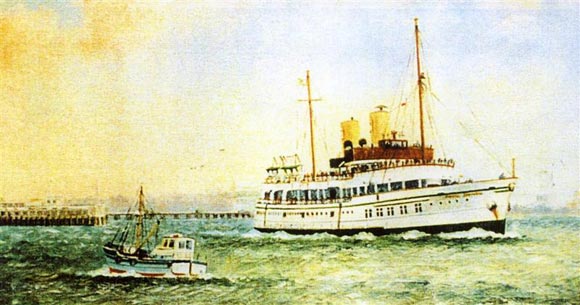
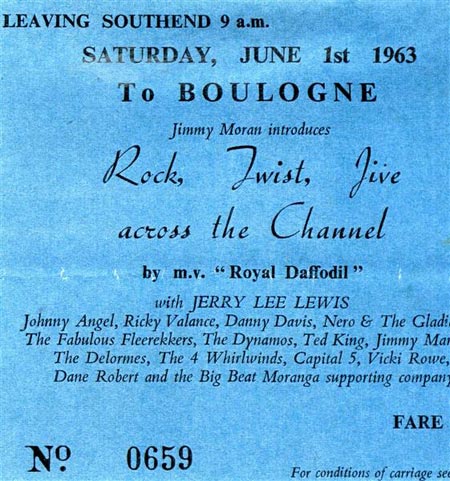
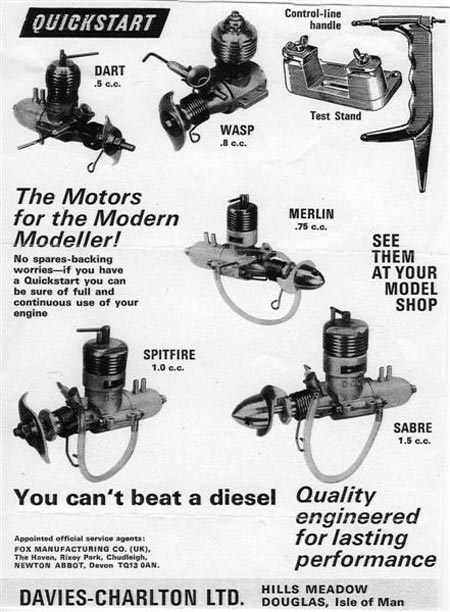
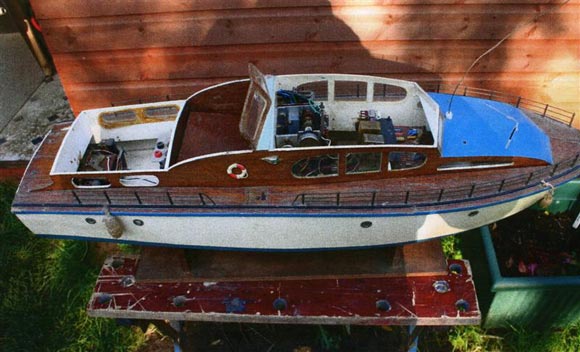
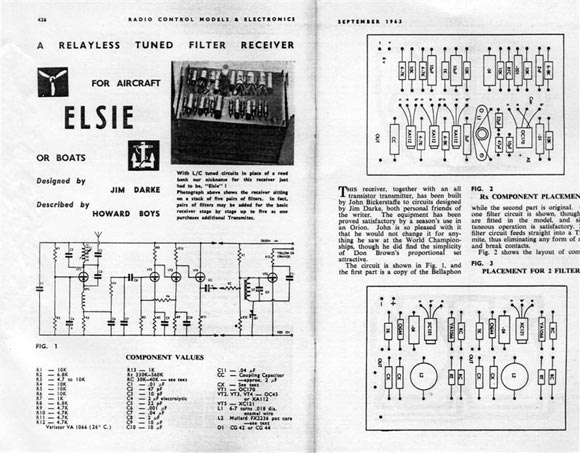
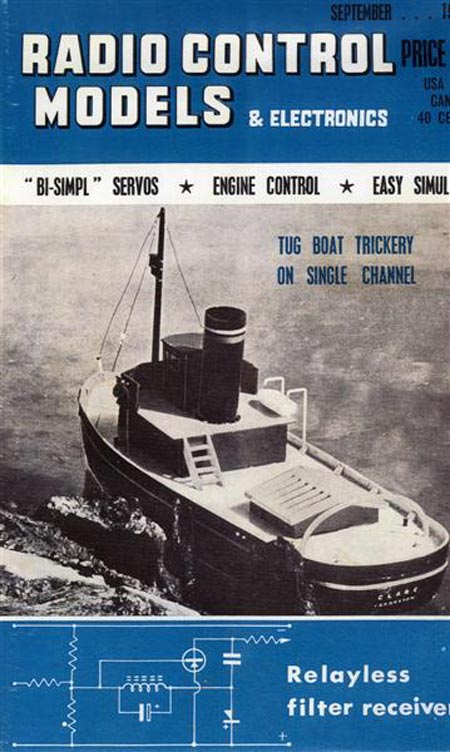
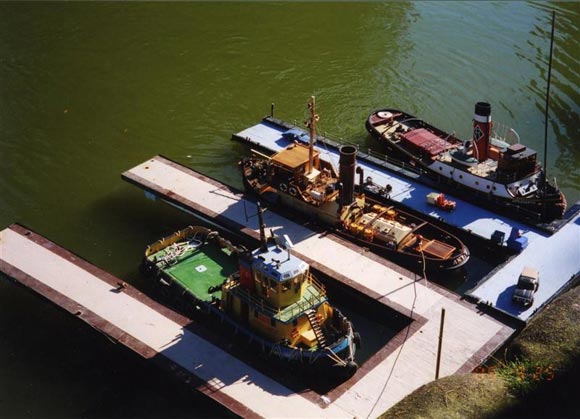



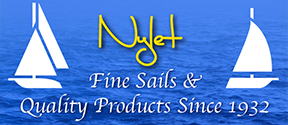






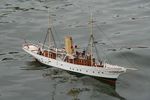
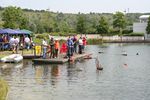

 Register
Register Log-in
Log-in



